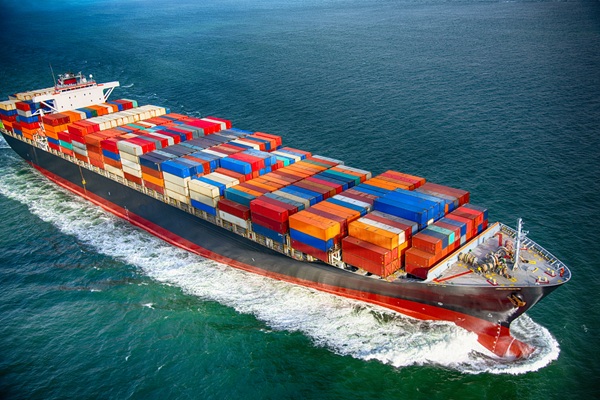.png)
May 13, 2025 at 10:57 AM IST
Tata Steel Ltd.’s March quarter profit and revenue came in ahead of analysts’ estimates, even as the company’s consolidated revenue fell year-on-year for the 11th straight quarter due to lower realisations amid subdued steel prices in India and globally.
Consolidated net profit surged 2.1 times on year to ₹13.01 billion, higher than the ₹10.78 billion estimated by analysts. Revenue from operations fell 4.2% on year to ₹562.18 billion but still topped expectations of ₹555.20 billion.
Delivery volumes rose 4.4% on year to 8.33 million tonnes in the March quarter.
EBITDA grew 2% on year to ₹67.62 billion. Adjusted for foreign exchange movements on intercompany debt and receivables,
EBITDA dropped 6.7% to ₹65.03 billion. The sharp drop in realisations, a 43% jump in purchase of stock-in-trade costs to ₹51.39 billion, and a 50% rise in inventory costs to ₹27.19 billion weighed on EBITDA growth.
However, lower coking coal costs helped reduce the cost of materials consumed by 19% to ₹168.47 billion. Other expenses fell 4.7% to ₹189.32 billion, and employee costs dropped 1.9% to ₹60.23 billion.
The consolidated adjusted EBITDA per tonne fell sharply to ₹7,810 from ₹8,735 a year ago.
In India, revenue fell 5.7% on year to ₹346.61 billion due to lower realisations, though delivery volumes rose 3.3% to 5.60 million tonnes. Reported EBITDA for Indian operations declined to ₹74.18 billion from ₹82.98 billion, and adjusted EBITDA fell to ₹74.26 billion from ₹82.84 billion. Adjusted EBITDA per tonne declined to ₹13,264 from ₹15,279.
Despite the decline in operating profit, bottom-line growth was supported by a 2.6 times rise in other income to ₹4.61 billion, a 20% drop in tax expense to ₹9.99 billion, and a 2.9% fall in finance costs to ₹17.89 billion.
On a sequential basis, net profit jumped fourfold. Consolidated revenue rose 4.8% on quarter due to higher volumes and better realisations in India, even though realisations dropped in the UK and the Netherlands.
Adjusted EBITDA fell 9% sequentially, hit by higher other expenses and inventory drawdowns in India and the Netherlands, along with adverse forex movements. The impact was partly offset by a decline in coking coal costs in both regions.
For the full year 2024-2025, Tata Steel swung to a consolidated net profit of ₹34.21 billion from a loss of ₹44.37 billion a year ago. Annual revenue dropped 4.6% to ₹2.185 trillion.
The company incurred capital expenditure of ₹156.71 billion in 2024-25, with ₹32.20 billion spent in the March quarter. Net debt stood at ₹825.79 billion at the end of the quarter. Gross debt fell to ₹948.01 billion as of March 31 from ₹989.19 billion at the end of December, driven by a ₹52.35 billion reduction in loans.
Tata Steel declared a dividend of ₹3.60 per share. It also announced a change in accounting policy regarding equity investments in subsidiaries for its standalone results.
The company will infuse about $2.5 billion, or ₹214.11 billion, into its wholly-owned subsidiary T Steel Holdings Pte. Ltd. during 2025-26, through equity share subscriptions in one or more tranches.



